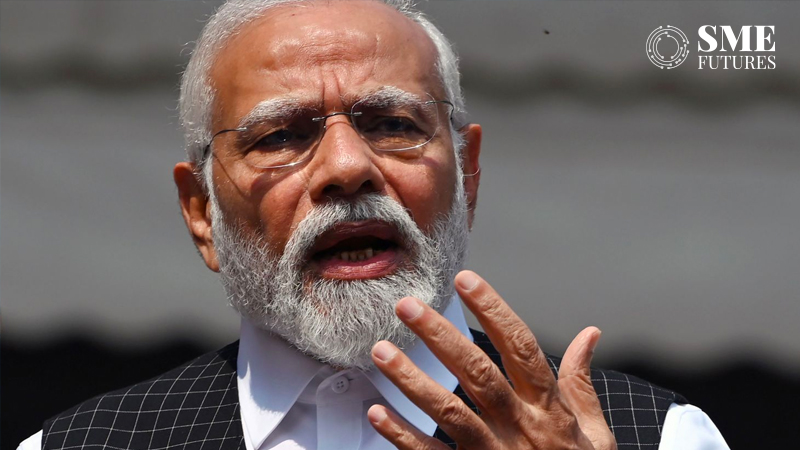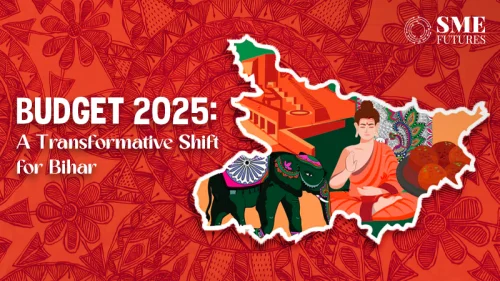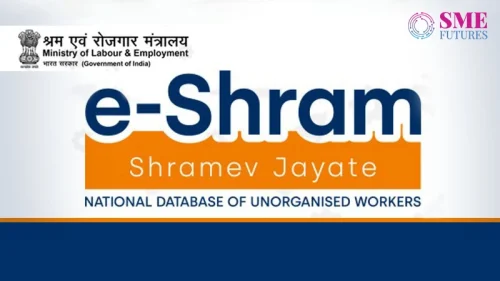Amending the insurance laws, introduction of open architecture for insurance agents, review of regulations relating investments distribution, development of climate and natural disaster insurance covers are some of the agenda that the new Indian government has to fulfill, said insurance sector experts.They also said the rules and regulations governing the insurance sector should be simplified and streamlined.
“The new government should amend the laws governing the insurance sector and review the outdated Insurance Rules, 1939 and make amendments in line with the new age insurance sector requirements,” Conjeevaram Baradhwaj, Consultant and Advisor told IANS.
With over three decades of experience in the Indian life insurance sector, Baradhwaj was earlier Executive Vice President, Future Generali Life Insurance and Senior Vice President, Bharti Axa Life Insurance.
Two years back, the Indian government had proposed drastic changes to the two insurance laws – Insurance Act 1938 and the Insurance Regulatory and Development Authority Act 1999.
Scrapping of the statutory Rs 100 crore startup capital for life and general insurance business and Rs 200 crore for reinsurance business, allowing different kinds of insurers including captives, changing the investment provisions are some of the major amendments proposed by the Indian government to the insurance laws.
The government also proposed to allow an insurer to distribute other financial products as specified by and subject to regulations and to services related or incidental to insurance business.
Later the government did not proceed further on the proposed amendments.
“The new regulations would introduce reforms in the insurance industry and benefit multiple sectors of the economy. For example, allowing insurance companies to sell financial products would create a new revenue stream for them and provide financial institutions with a new distribution channel. Additionally, permitting insurance companies to invest in rated debts and equity of private companies would increase capital availability for these companies and offer new investment opportunities for insurance companies,” Sameer Bakshi, General Counsel, Digit Insurance Group told IANS.
It is hoped that the upcoming government will review the Insurance Bill, consider stakeholders’ comments, and introduce a new Insurance Act to advance the Indian insurance industry to the next level, Bakshi said.
“These are reforms meant to attain operational synergies and which promote a broad based development. The Indian insurance sector has only 60 insurance companies targeting a population of over 1.40 billion. The existing number of companies is still low when compared to other countries and the population potential,” Baradhwaj remarked.
According to Baradhwaj, besides operational synergies, the Government should in discussion with the sectoral regulator-Insurance Regulatory and Development Authority of India (IRDAI)- also address the question on how to convert insurance into a “pull product” from a “push product”.
With insurance penetration still low in India, Baradhwaj said regional and small players in the financial sector have the potential to penetrate deeper with a local brand name and customer loyalty. Lowering the capital base and allowing such companies to float insurance companies could increase the local and rural insurance.
“There will also be operational synergies in the form of savings in costs, common processes especially for common brands could promote operational efficiency if life, non-life and health insurance products are allowed to be operated under a single registration,” Baradhwaj added.
“Introduce the amendments in a phased manner to monitor their impact and make necessary adjustments, ensuring financial stability and compliance,” Rrajesh Sharrma, CEO and Principal Officer, Anand Rathi Insurance Brokers told IANS.
The other unfinished work for the outgoing government are: Principle based approach on the Distribution related regulations; Recognising Independent Financial Advisors model; Recognising Broker as a distinct distributor giving them delegated powers of underwriting with accountabilities following a graded approach; consolidating multiple channels for rural markets – micro insurance, Prime Minister’s Schemes, Distributor rating based on quality parameters by independent rating agencies and others, Baradhwaj said.
While IRDAI have undertaken the first phase of reforms on the non-distribution side so far, they have already started having discussions with the insurance distributors and taken their feedback, said Baradhwaj.
According to Bakshi, the IRDAI has introduced a host of changes in its regulatory framework with a view to consolidate numerous regulations under one umbrella as well as take steps towards principle-based regulations.
“The Authority has also envisioned the major Bima Trinity project, which includes Bima Sugam, Bima Vahaak, and Bima Vistar. While the regulatory framework has received in-principle go-ahead from IRDAI, the focus is now on the successful implementation of this project. Changes to the Insurance Act can only be introduced subject to parliamentary approval and these are yet to be taken up at that level,” Bakshi said.
On the insurance distribution Bakshi said the government should introduce open architecture for agents – tying with multiple insurers under one licence- and reevaluate the corporate agency tie-ups in bancassurance.
“With a view to avoid monopolistic practices by promoter banks of insurance companies, regulations should cap the maximum business from a single insurer to 25 per cent,” Bakshi said.
“As regards increasing the insurance penetration levels in India, the incoming government should incentivise long term savings by providing tax benefits, promote digital platforms for seamless policy purchase, servicing and claims processing with user friendly interfaces in the case of life insurance,” Sharrma said.
In the case of general insurance Sharrma said micro-insurance products tailored to the needs of rural and low-income populations should be developed and provide subsidies to make them affordable. Implement advanced data analytics and artificial intelligence (AI) tools to detect and prevent insurance fraud, ensuring transparency. Simplification of claims process, development of disaster risk insurance needs to be done. (IANS)











